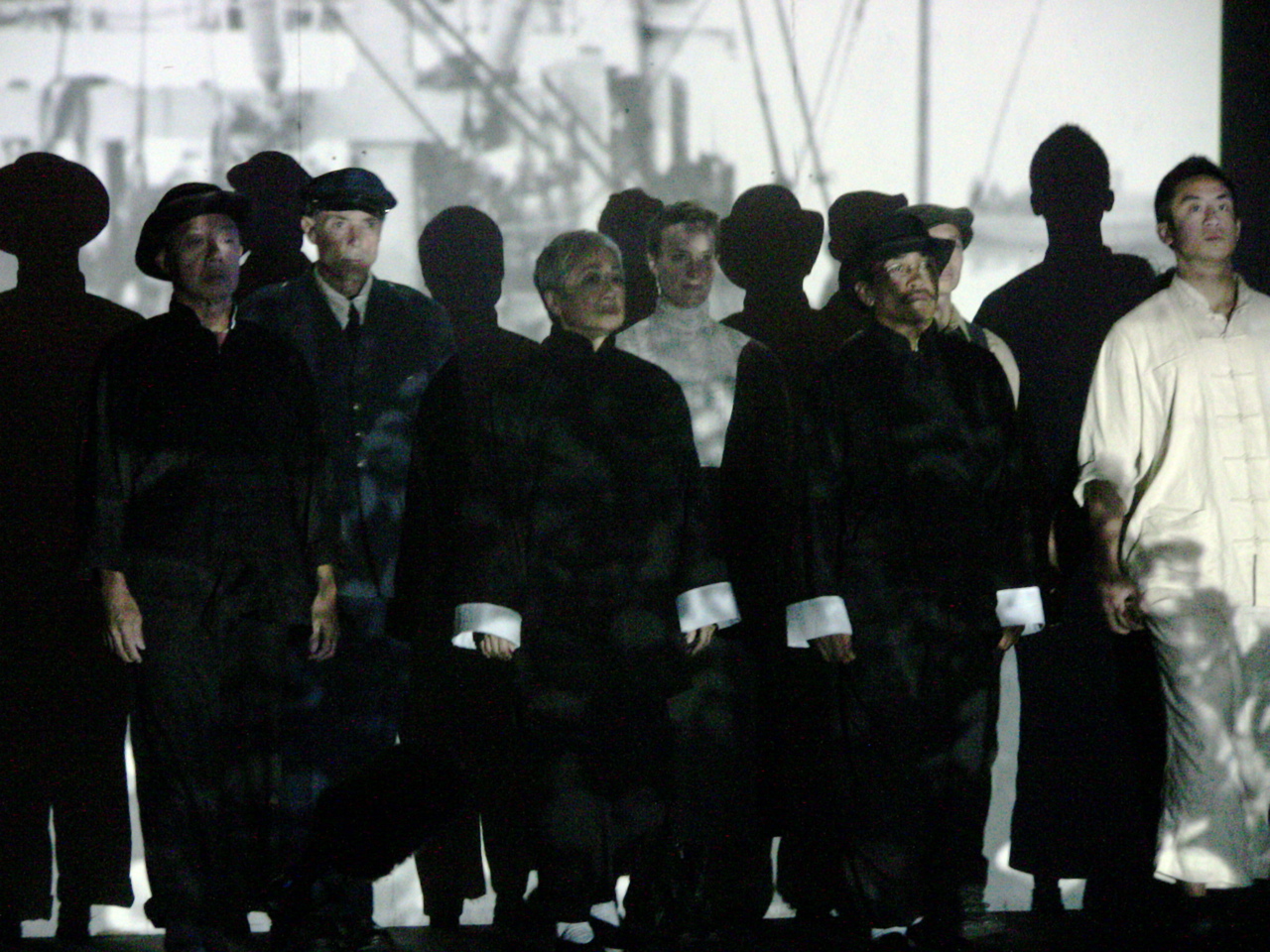TechShop San Francisco gets busy, Writers With Drinks gets drunk
Just when it felt like San Francisco could not possibly Do It Itself more than it already has, Jim Newton’s TechShop moved to town. Now it will be almost impossible not to succumb to the temptation of learning welding, soldering, molding, screen-printing, and quilting — not to mention CAD (computer aided design), CAM (computer aided machining), 3D modeling, laser-cutting and etching, and so much more. Whee!
At Saturday’s grand opening, after a short introductory speech by Mythbuster Adam Savage, a squadron of “dream coaches” gave walking tours of the 3-story, 17,000 square foot premises. Dream coaches are TechShop staffers who person the machinery and help patrons with their on-the-spot needs: answering questions, providing support. As Melquiades Olivares, a recent graduate of the Stanford School of Mechanical Engineering, took us around the giant, state-of-the-art workshop, it became quickly apparent that the scrappy, low-budget definition of DIY does not apply to TechShop. This is not a place where you’re likely to spin your empty toilet paper tubes into golden birdhouses.
But if you’ve been looking for the equipment to build your backyard lunar lander, TechShop’s got you covered. Equipment that made my internal geek organs go pitter-pat included: the Saw Stop, a basic table saw fitted with an electric monitor that can sense almost instantaneously the moment a finger (or carrot, or hot dog) comes in contact with the blade, shutting it down immediately; the Flow Waterjet cutter, capable of slicing through six inches of steel; and a 3D printer busily “printing” a smiling bust in microthin layers of UV-curable acrylic. Memberships, which are $125/month for individuals, are on the pricey side for a cheapskate like me, but certainly cheaper than buying a Waterjet cutter of one’s own.
“Tonight we’ll be giving each other Spiritual Wedgies,” promised MC Charlie Jane Anders last Saturday evening, at another monthly installment of San Francisco’s favorite reading series “Writers With Drinks.” A genial mashup of fiction and non, erotica and sci-fi, comedy and drama, WWD has been packing ‘em in for almost 10 years now (April 9 is the anniversary show, mark your calendar).
But it’s more than just the ecstatic crapshoot of the lineup that gets oddience crowding through the door at the Makeout Room. The event’s real secret weapon is Charlie Jane, whose introductory patter is legendary. After discussing our spiritual wedgies, and leading the crowd in a rousing affirmation “I am a sunflower and my underwear is a beautiful bumblebee” — Charlie Jane introduced poet Jason Morris as a man who is most famous “in the giant-cockroach reality,” Comedian Alex Koll as a shoe-fetishist who’d briefly been hired as the replacement Mr. Rogers, erotica author Hanne Blank as “the go-to person for dealing with hive minds that want to be dance instructors.” Event Wrangler isn’t exactly the most glamorous title in show business, but as a person who’s sat through more uninspired introductions that I can bear to recollect, getting to watch a true pro work a room will always keep me coming back for more. And judging from the usual attendance numbers, I’m not the only one.
*In the spirit of full disclosure it should be mentioned that the author of this piece read at Writers With Drinks on April 14, 2007.



